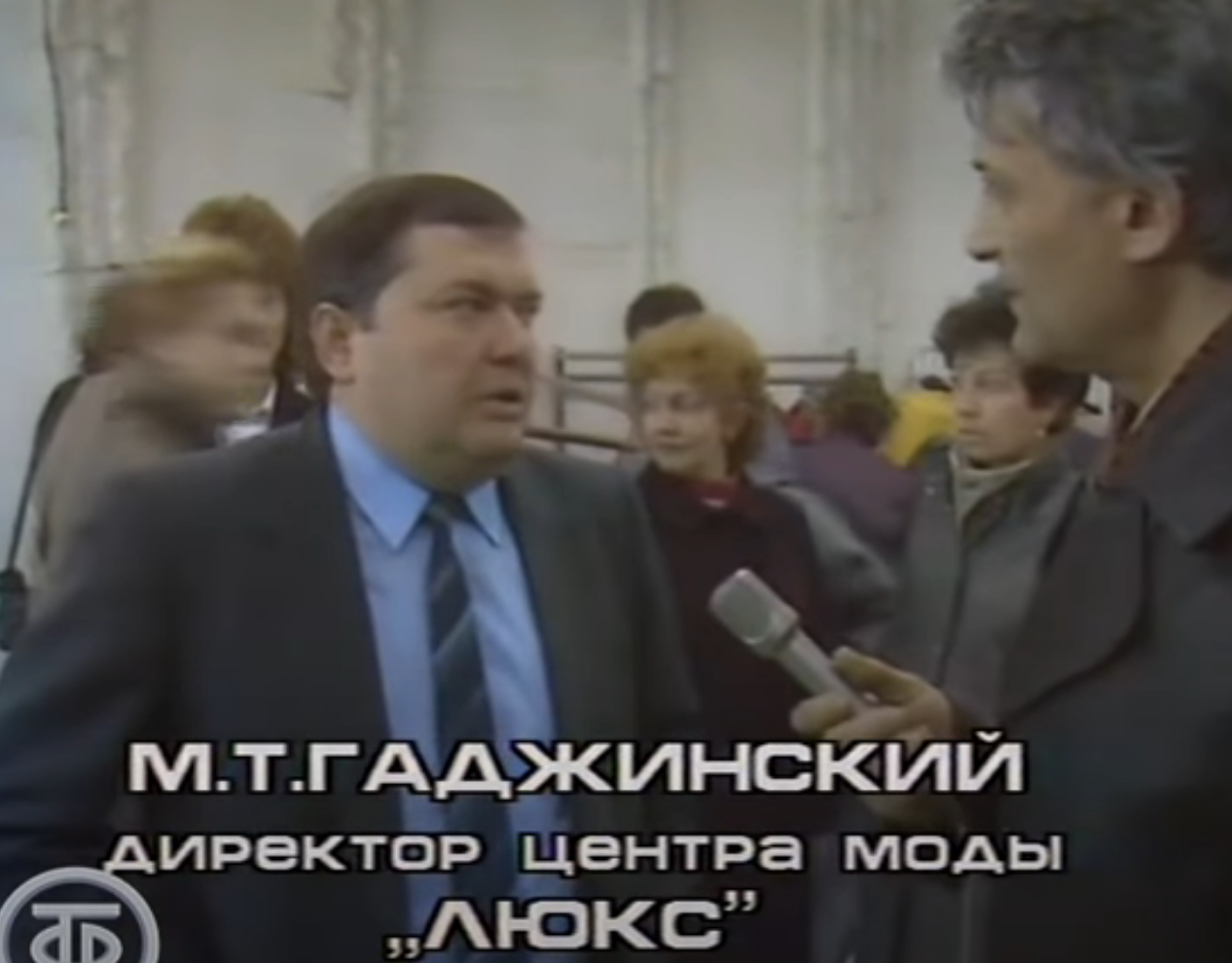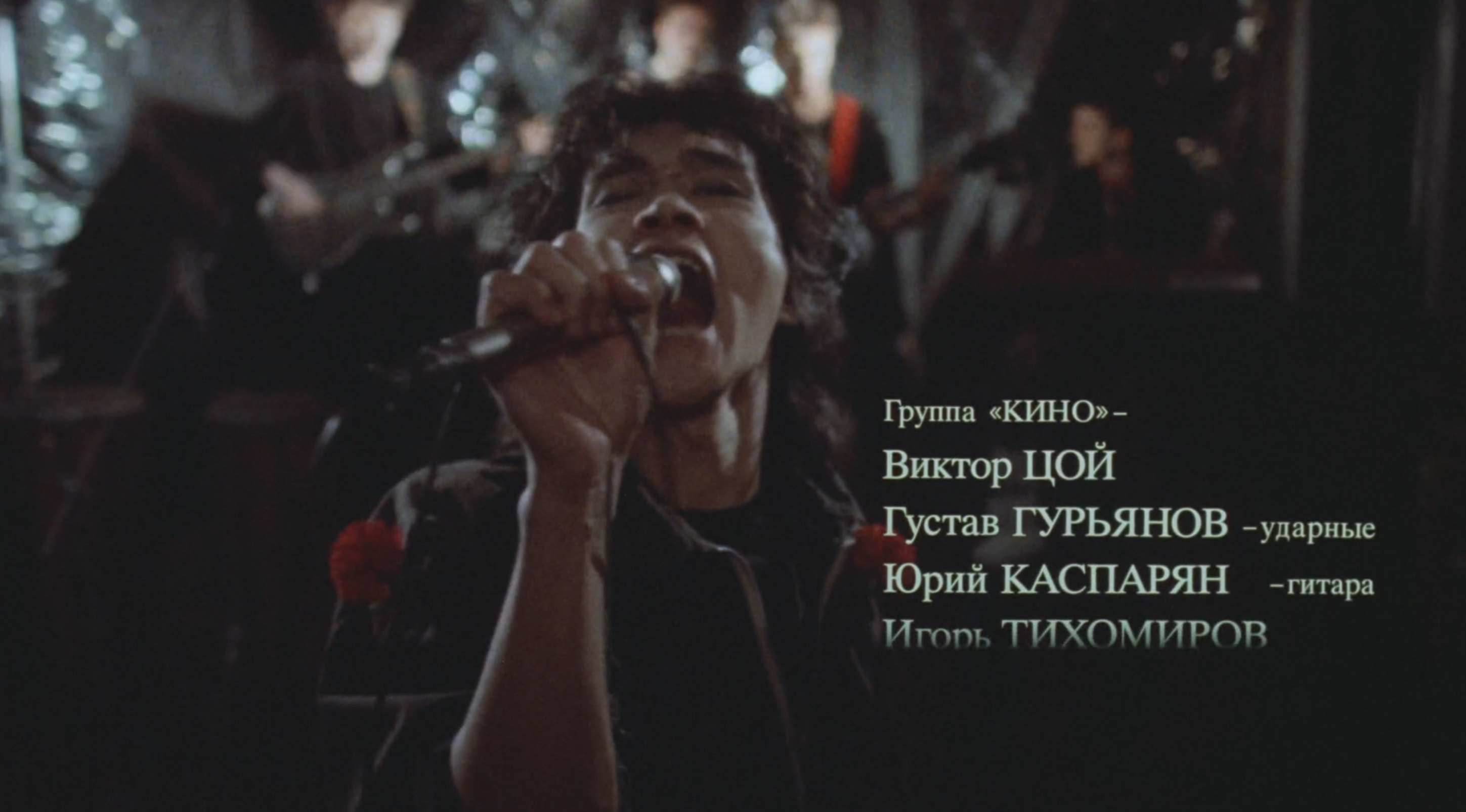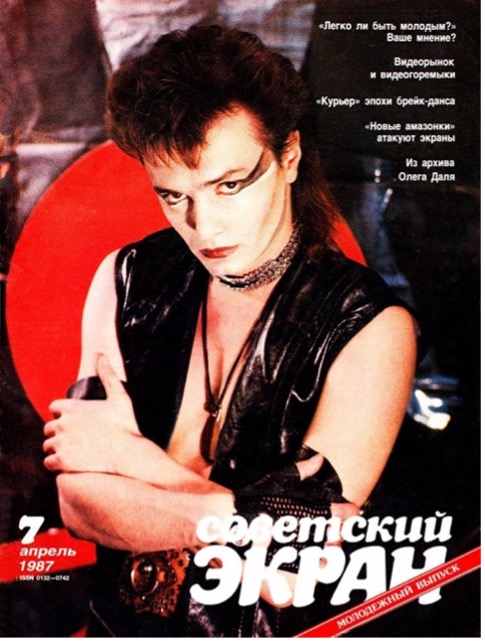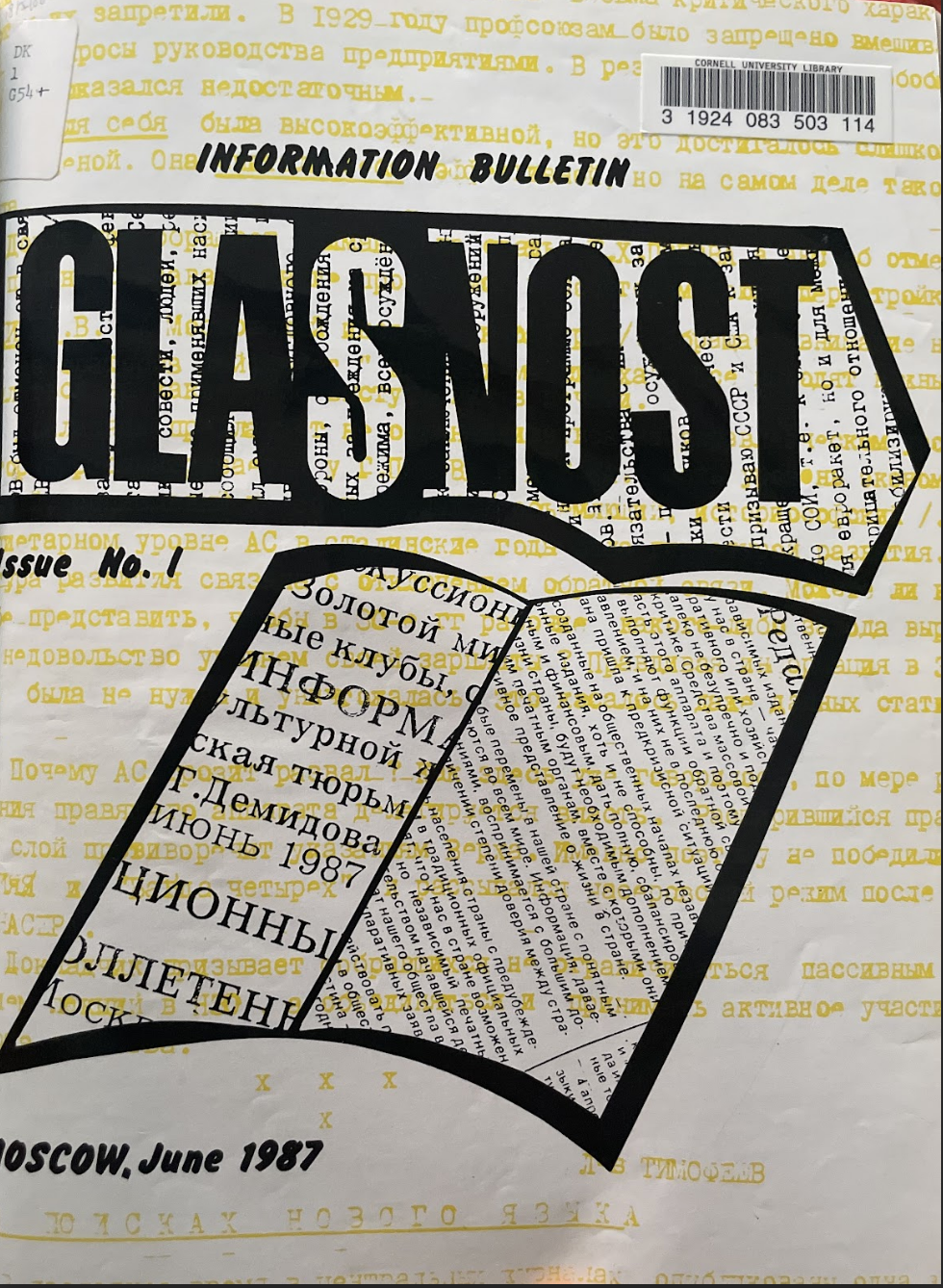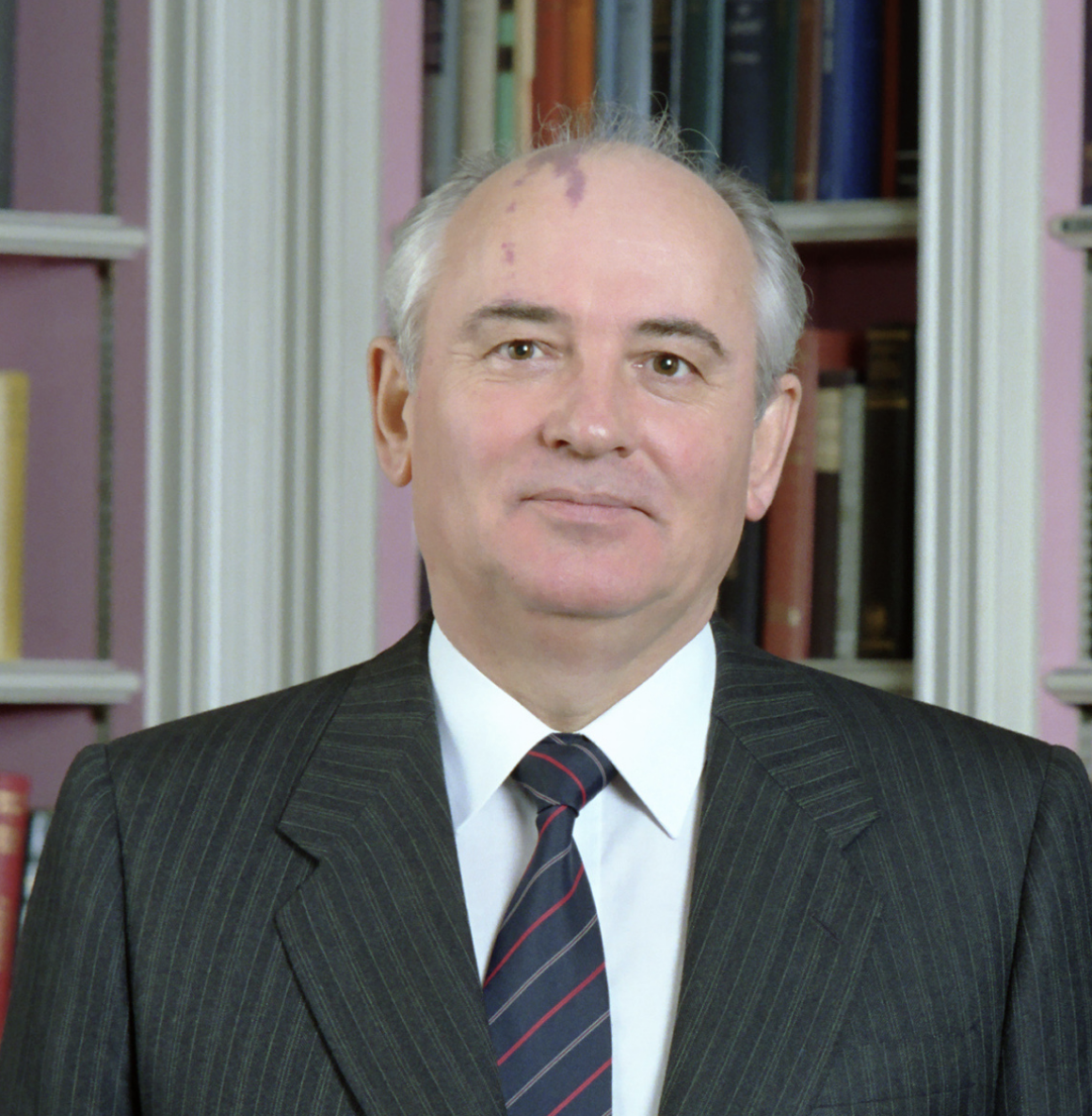Search Results
Search Terms
Results: Displaying Artifact 1 - 6 of 7 in total
Text Containing: 1987
Fields: Human Readable Date
Page: 1
Putting the “Spotlight” on an experimental three-hour line for Soviet luxury clothes
“Prozhektor perestroiki” (Perestroika's Spotlight), a glasnost-era televised investigative journalism project, seeks to uncover the causes of a three-hour line for luxury clothes at the recently opened Luxe Fashion Center, which come down to intractable issues of supply and demand in the USSR.
Sergei Solovyov’s film “Assa,” 1987
The finale of Sergei Solovyov’s (1944-2021) film 1987 film ASSA features rock star Viktor Tsoi (1962-1990) performing his hit "Changes! [Peremen]" to a stadium crowd. The film’s record-breaking commercial success marked the moment when Soviet rock music transitioned from counterculture to mainstream.
"Sovetskii ekran" with Konstantin Kinchev on the cover
Popular film magazines like Soviet Screen (Sovetskii ekran) were instrumental in establishing rock musicians as cultural icons. Volume 7, from 1987, places Konstantin Kinchev (1958-), frontman of the Leningrad band Alisa, on the cover of its “youth issue” (molodezhnyi vypusk) in an effort to promote Valerii Ogorodnikov’s film The Burglar (Vzlomshchik, 1987), in which Kinchev plays the lead role.
"Glasnost. Information Bulletin"
The front cover of Glasnost. Information Bulletin from 1987, along with the Editor’s introduction to the first issue. One the first self-published journals to be released during perestroika, Glasnost was an early instance of the fledgling independent late-Soviet press.
Gorbachev's speech on socialist democracy
A 1987 speech by Soviet Communist Party General Secretary Mikhail Gorbachev (1931-2022) on the significance of his signature policy, perestroika.
“Musical Ring” with guest star Sergei Kuryokhin, 1987
This 1987 episode of Musical Ring captures late-Soviet television's attempt to integrate avant-garde musician and professional trickster Sergei Kuryokhin (1954-1996) into mainstream discourse, simultaneously showcasing the program's role in legitimizing experimental music during perestroika.
